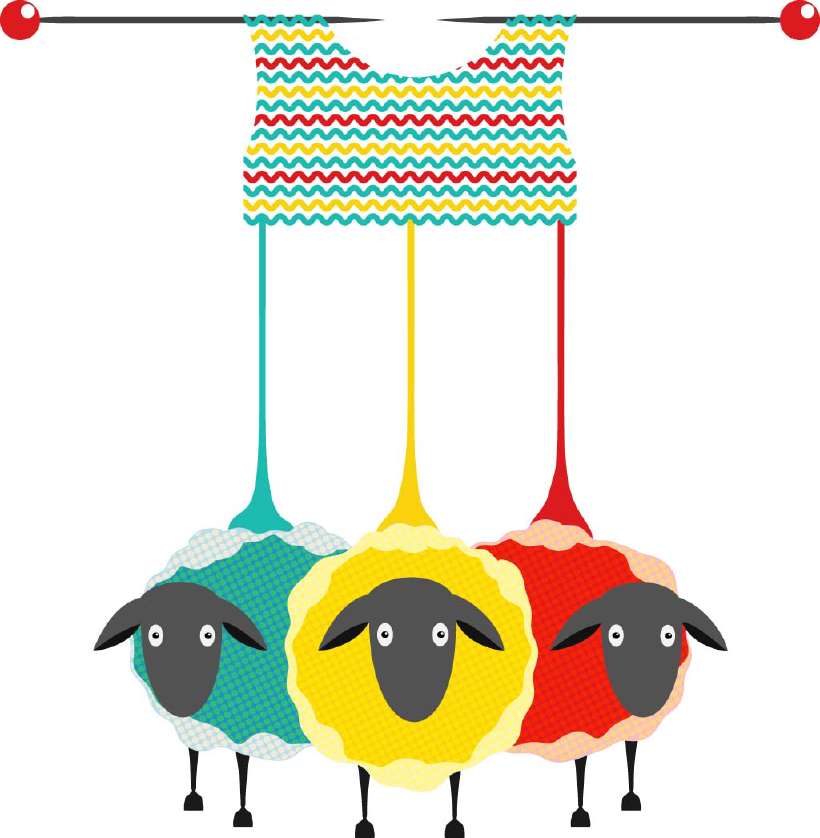How Wool Came Into Existence
Home / Science for Kids / 5Ws & H For Kids / How Wool Came Into Existence
It must have been a very intelligent human who looked at a sheep walking past and thought of the use its fleece might have!
Although the oldest surviving textile made out of wool is around 3,500 years old, the oldest fine woolen fabric dates to the fifth century BC (about 2,500 years ago) and was found in an ancient Greek colony.

Wool was probably the first fiber to be woven into a textile. Because when primitive man stopped hunting and started herding animals, it was his first step from a primitive life to a civilised one. Sheep were sort of a stone age convenience store for the nomadic lifestyle of our primitive ancestors, a walking food supply that required little care. Sheep provided for all the basic needs – meat and milk for food, skin and bones for clothing, shelter and tools.
The loose wool was less essential, but as the animals shed their coats each spring, tufts of fleece were gathered and used to soften some of life’s harder edges. Slowly, it dawned upon someone that the fleece was the best part of the sheep.
Eventually, sheep destined for mutton roasts and sheep destined for fine woven rugs were distinguished, as good eating does not necessarily mean good quality wool. Early wild species of sheep had long, coarse outer hair protecting their short fleece undercoats. It is this under-layer that is desirable for textile use and has been selectively bred into modern sheep.
Early civilizations tended flocks of sheep and great empires were built on the backs of sheep and their wool. Around 1800 BC the civilization of Babylonia was famous for its wool. In 45 AD, the Romans conquered Spain, where they bred their own sheep with breeds from Africa and Europe, and in the process, developed a new breed that would come to be known as the Spanish Merino, with the whitest, finest wool ever known. Today, the Merino is the most highly regarded breed in the world.
![How Wool Came Into Existence [Illustration by Anup Singh]](/media/5wh-187_1_hufa1f87c7c13991e0cafc7fc15027bd1d_9266_820x0_resize_q60_box.gif)
Spain and Great Britain rose to power on the strength of their wool industries. The Merino sheep became so important that, during the Middle Ages, Spain dominated the wool market and accumulated great wealth. Death was the penalty for anyone caught taking a Merino sheep out of the country.
Hogging all the wealth from the secrets of a fabric seem to have been the done thing in ancient times. The Chinese held onto the secret of silk for thousands of years, before Europe even got a clue about how to put two strands together. With wool, they seem to have got their revenge.
448 words |
4 minutes
Readability:
Grade 8 (13-14 year old children)
Based on Flesch–Kincaid readability scores
Filed under: 5ws and h
Tags: #spain, #europe, #breeds, #fabric, #sheep, #textile, #wealth
You may also be interested in these:
Batik: Ancient Art of Painting in Wax
The Bittersweet Story of Chocolate
What Is The Origin Of Silk Fabric?
The widespread house sparrow was at one time protected by law. It was delib...
The Shepherd's Mistake